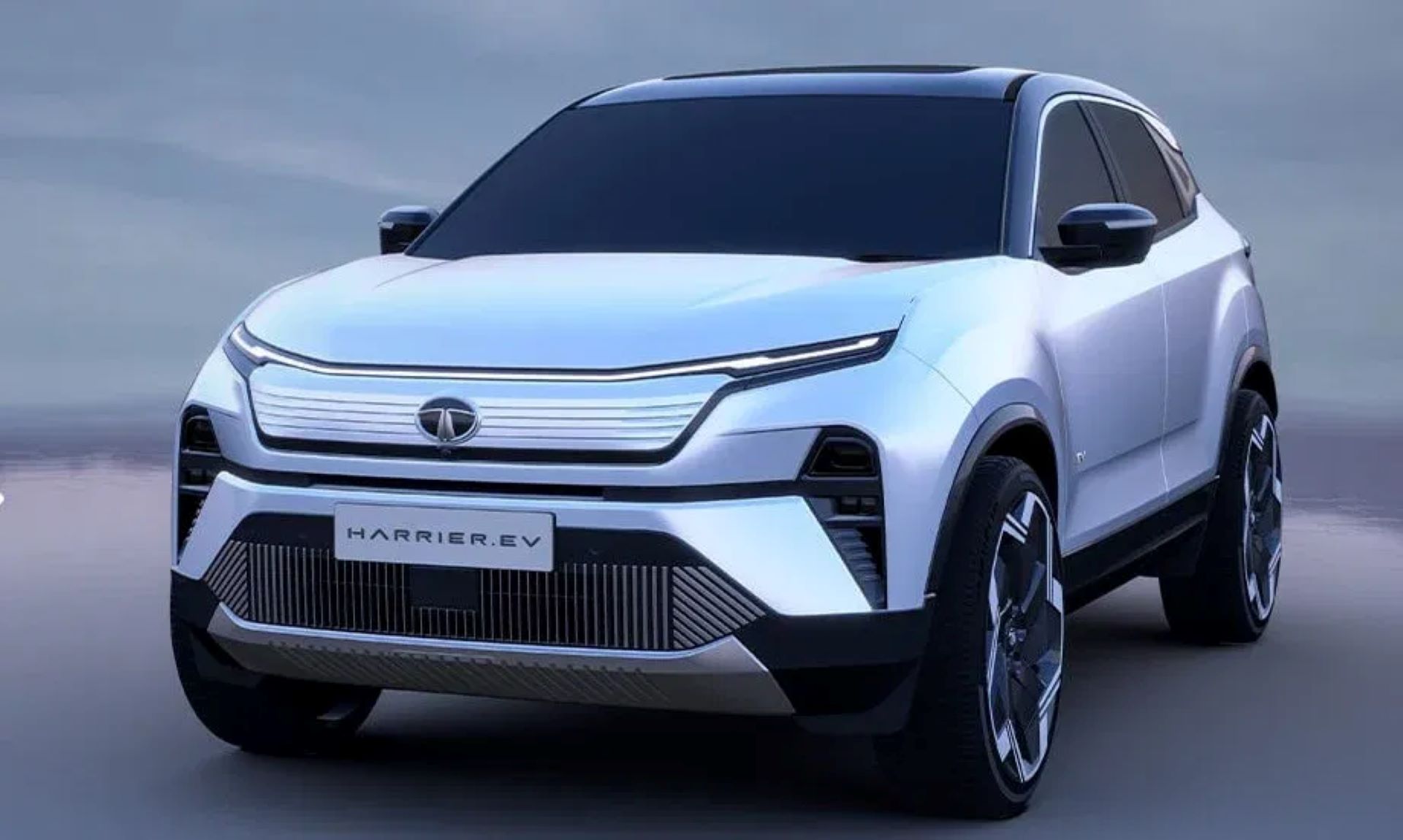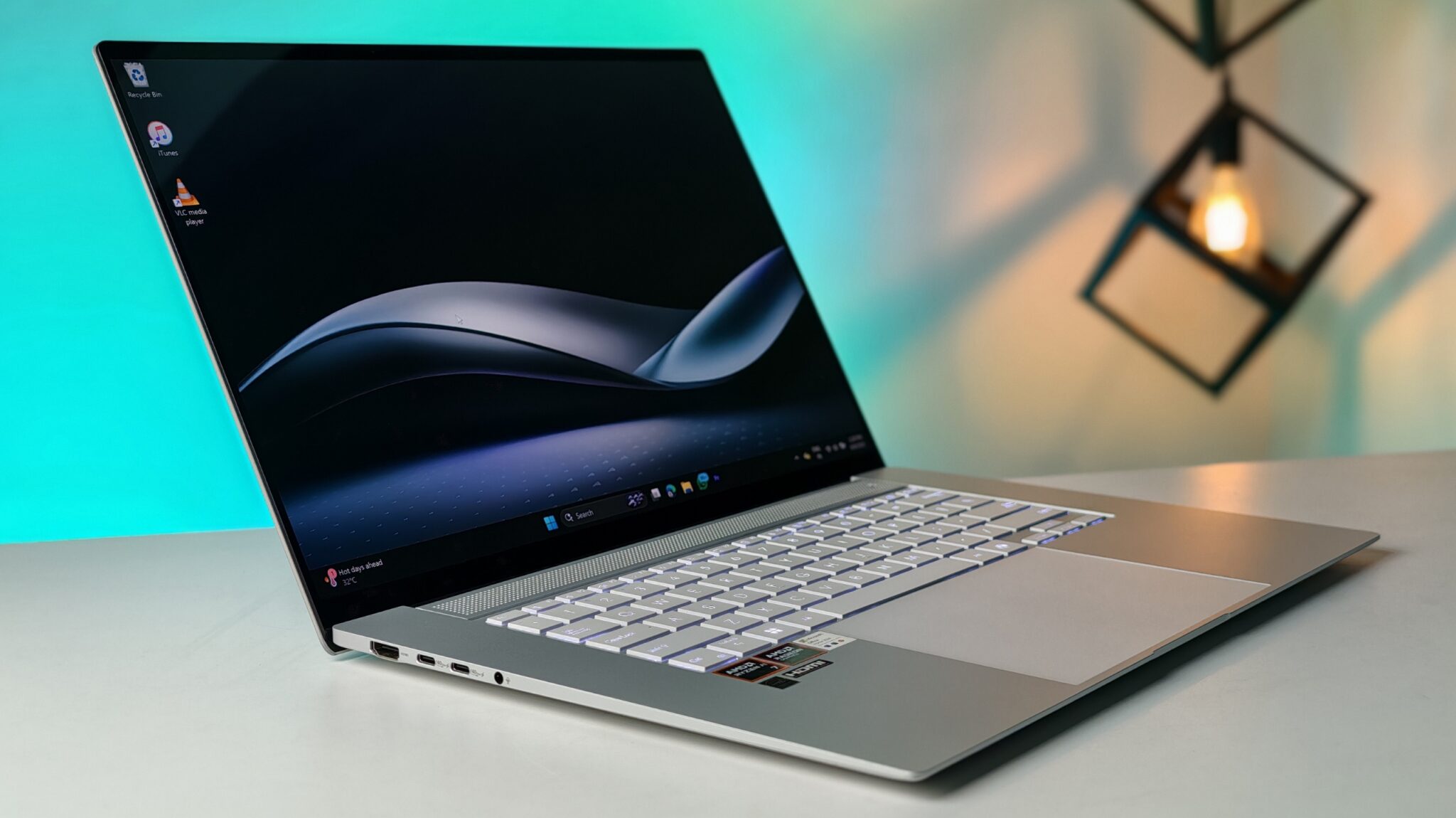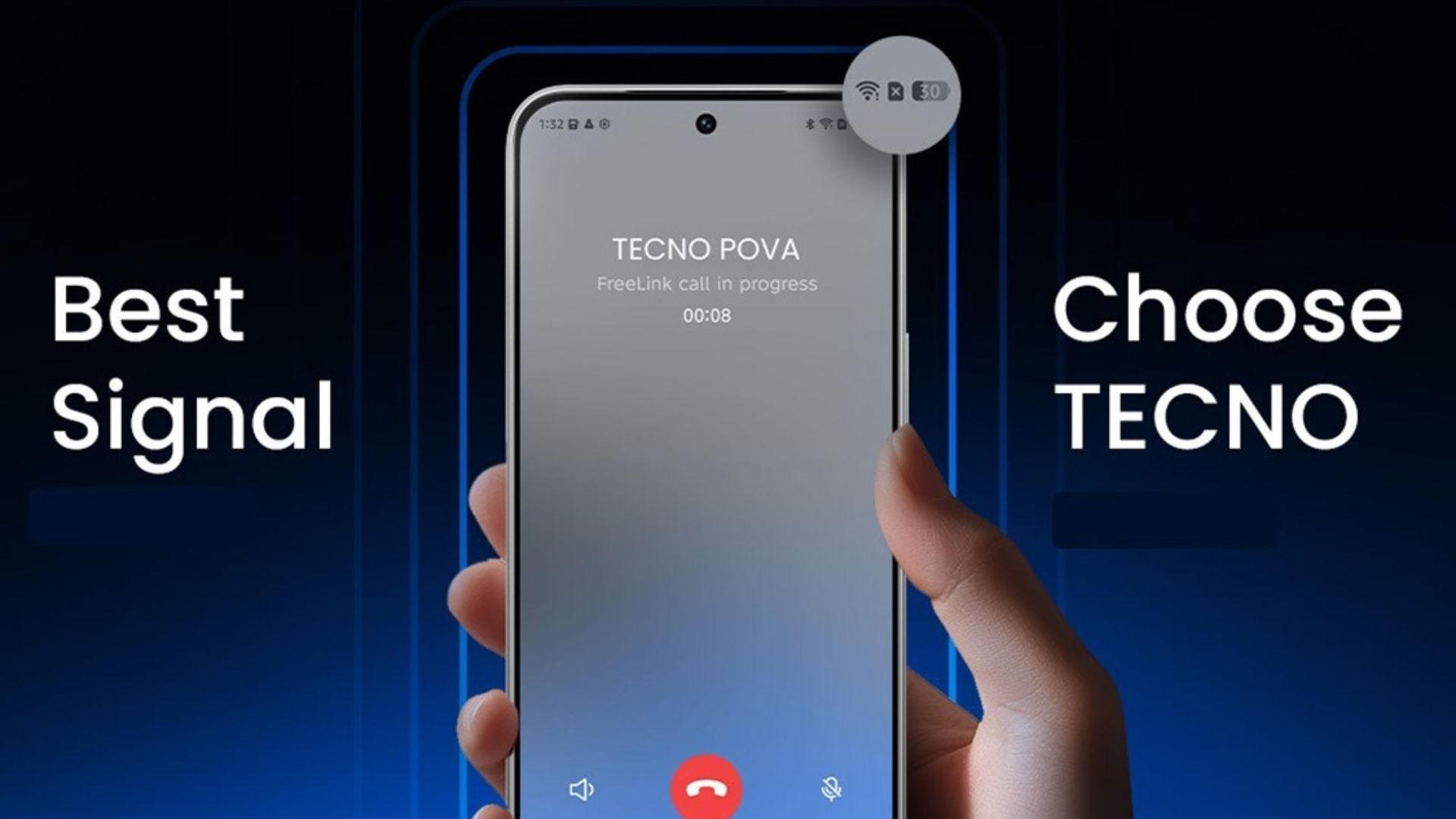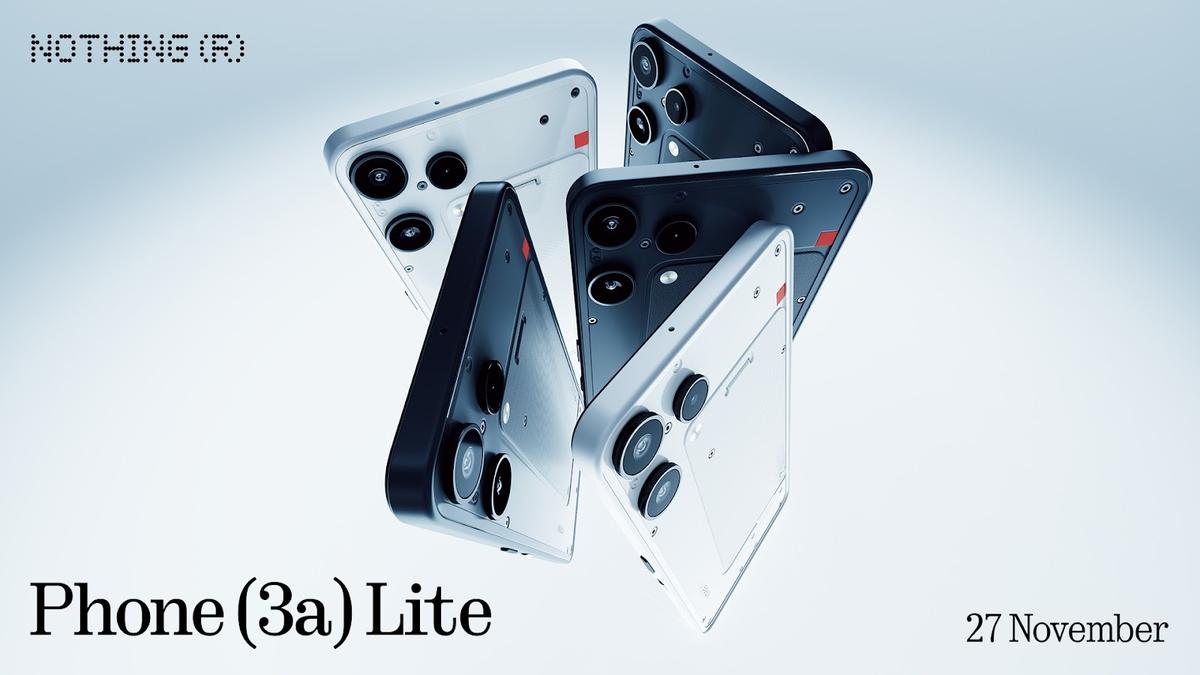In its latest report, Tata.ev has painted a fairly striking picture of how quickly electric vehicles (EVs) are becoming part of everyday life in India. The findings don’t just point to more people buying EVs, but also show a noticeable shift in how these vehicles are being used and trusted. A particularly telling number is that 65% of all Indian pin codes now have at least one registered EV, which says a lot about just how widespread adoption has become.
Key Takeaways
- EVs are now the primary vehicle for 84% of Indian EV owners in 2025, compared to 74% in 2023.
- On average, EVs are driven 40% more distance per month than internal combustion engine (ICE) vehicles, up from just an 11% lead in 2023.
- The number of public chargers has grown fourfold since 2023, reaching 24,000 stations by mid-2025.
- Half of Tata EV owners have completed journeys of 500 km or more, showing that long-distance travel is no longer a hurdle.
Increased EV Usage and Adoption
The report makes it clear that EVs are no longer the secondary option for most owners. By 2025, 84% of Indian EV users see their EV as their main vehicle, up significantly from 74% in 2023. This is also reflected in usage patterns: EV owners now drive their vehicles for an average of 27 days each month, which is about 35% more than ICE vehicle owners. Lower running costs, easier driving, and the reliability of public charging have all contributed to this shift.
On distance, the contrast is just as stark. EVs now cover about 1,600 km per month on average, 40% higher than ICE vehicles. And interestingly, the hesitation around long road trips is easing. Half of Tata EV owners have completed 500 km-plus journeys on routes like Delhi-Manali and Mumbai-Goa. These trips usually involve planned breaks every 2-3 hours at roadside eateries or restaurants, which double as charging stops. That small routine of resting while recharging the car has made range anxiety a little less of a worry.
Expanding Charging Infrastructure
Of course, all of this wouldn’t be possible without the charging network keeping pace. Between 2023 and mid-2025, the number of public chargers in India quadrupled, hitting 24,000. A big part of this expansion comes from the Open Collaboration Framework, set up in 2023 by Tata.ev along with Charge Point Operators and Oil Marketing Companies. By leaning on EV driving data to identify where chargers were needed most, they managed to install more than 18,000 new charging stations in just 15 months.
Fast charging availability has also improved dramatically. Today, 91% of India’s national highways have a fast charger within 50 km, and states such as Karnataka, Haryana, Delhi, and Kerala report full coverage across their national highways. That kind of accessibility is a game-changer for long-distance travelers.
Addressing Challenges and Improving User Experience
Even with this progress, the report doesn’t shy away from the hurdles still facing EV adoption. For instance, 36% of users say the time it takes to complete a fast charge is their top concern. Reliability is another sticking point, with 38% citing chargers that simply don’t work when needed. In fact, a February 2024 report found that nearly half of India’s public chargers, about 12,100 out of 25,000, were non-functional.
To tackle this, Tata.ev introduced its .ev verified chargers program. Chargers that achieve a 90%+ reliability rate and receive consistently positive user feedback earn this certification. Since the rollout, usage of verified chargers has risen by 37%, showing that drivers are already putting more trust in them.
On the user experience front, Tata.ev has been building a more unified system. Its iRA.ev app allows drivers to check real-time charger availability and make payments seamlessly across partner networks. Added to that are options like DrivePay, an in-car payment feature, and a Unified RFID card for quick tap-and-pay transactions. The integration of UPI payments has been particularly important, given that 85% of all digital transactions in India already flow through UPI.
For those making heavier journeys, Tata.ev has also launched the Mega Charger network, offering 120 kW charging speeds with more than 95% uptime. The company has set an ambitious target: 500 mega chargers installed across highways and high-demand urban zones by 2027.
FAQs
Q1: How many public EV charging stations are there in India as of mid-2025?
A1: As of mid-2025, there are 24,000 public EV charging stations across India.
Q2: How many days a month do EV owners drive their vehicles compared to ICE vehicle owners?
A2: EV owners report driving their vehicles 27 days per month, which is 35% higher than owners of ICE vehicles.
Q3: What percentage of Indian national highways have a fast charger nearby?
A3: On national highways, 91% of them offer a fast charger within a 50 km radius or less.
Q4: How many Tata EV users rely on public charging?
A4: About 77% of Tata EV owners have taken trips that required public charging. Approximately 14,000 owners primarily depend on public charging.



















